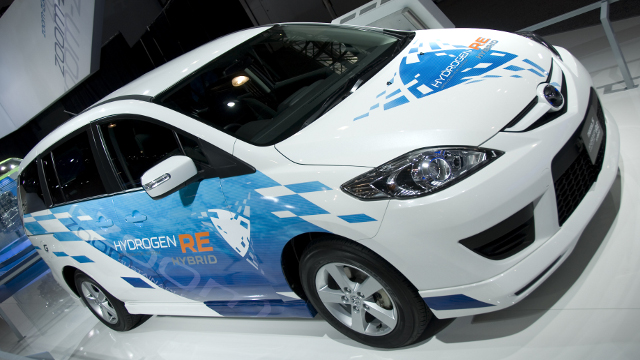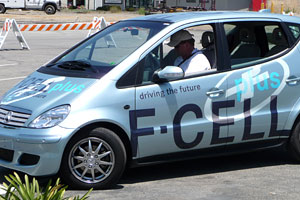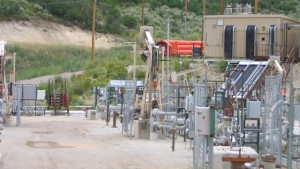
Although hydrogen fuel-cell vehicles (FCVs) were the alternative-energy favorite of the George W. Bush administration, current U.S. Secretary of the Department of Energy Steven Chu has been no cheerleader. After dismissing a hydrogen fuel cell strategy in 2009 as “impractical,” Chu redirected federal energy research funds toward plug-in electric vehicles. The DOE secretary believed EVs were a more realistic alternative to fossil fuels.

Three years later, new realities in the energy industry are pushing Chu into giving the world’s simplest element a second look.
“Several things changed my mind,” Chu told host John McElroy during an interview on the web video series Autoline Daily. Chief among them, however, was that “We have natural gas in abundance.” Hydrogen can be extracted from natural gas.
While Chu maintains that our country’s primary research focus will continue to be EVs, the controversy surrounding natural gas would make the revival of fuel cells in our energy policy a significant change of heart. And he’s not alone: In July, several U.S. senators, on both sides of the aisle, re-launched the hydrogen-promoting Fuel Cell and Hydrogen Caucus.
So what do FCVs have to offer that electric vehicles don’t? Convenience is one immediate advantage. The range of a fuel cell-powered vehicle averages around 300 miles. The Tesla Model S, currently the passenger electric vehicle with the longest battery life, tops out at 265 miles between stops. The refueling process for FCVs takes five minutes – not far off the mark from a conventional vehicle. But unlike gas or diesel engines, a car running on pure hydrogen fuel emits eco-friendly water and heat as exhaust.

